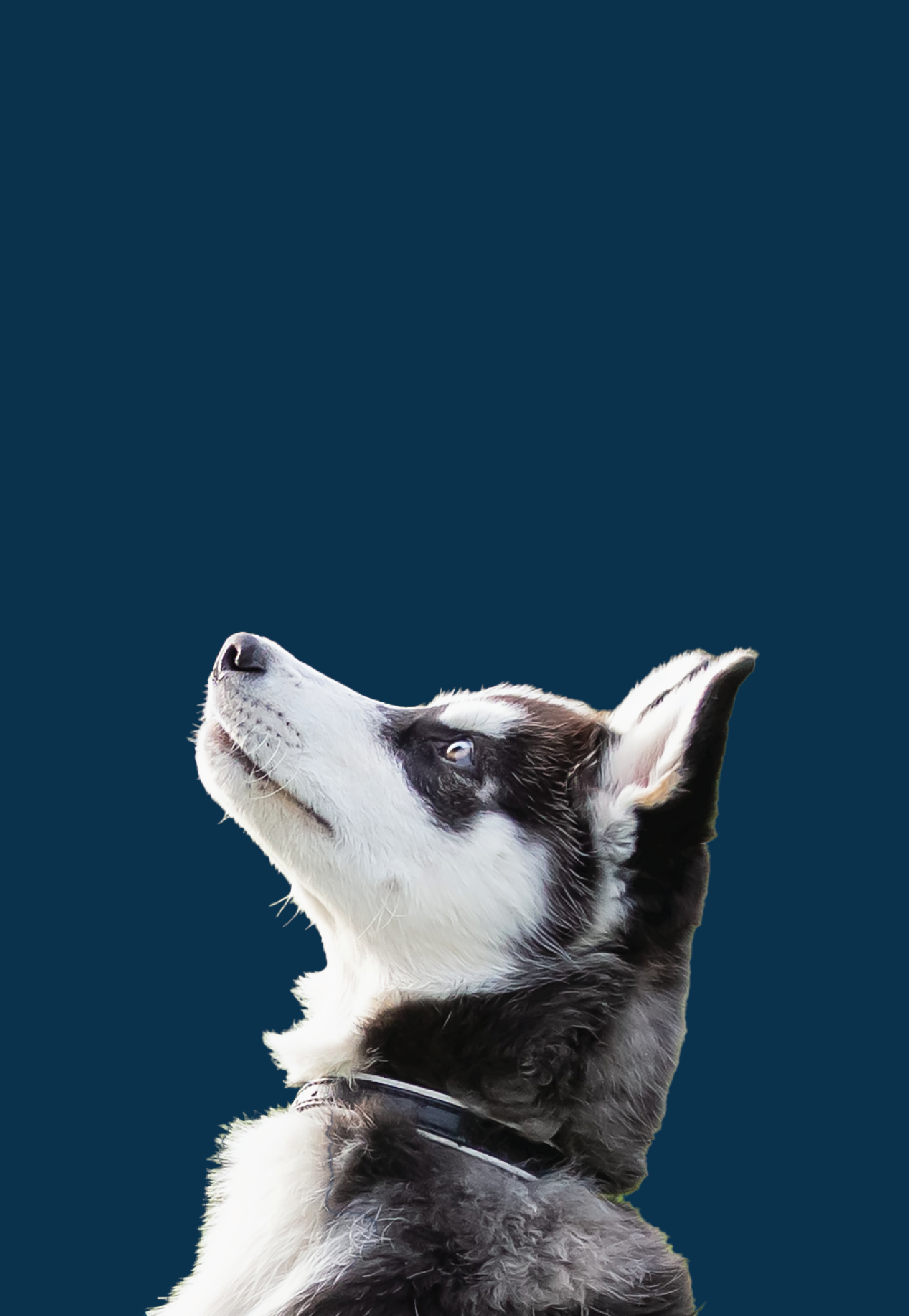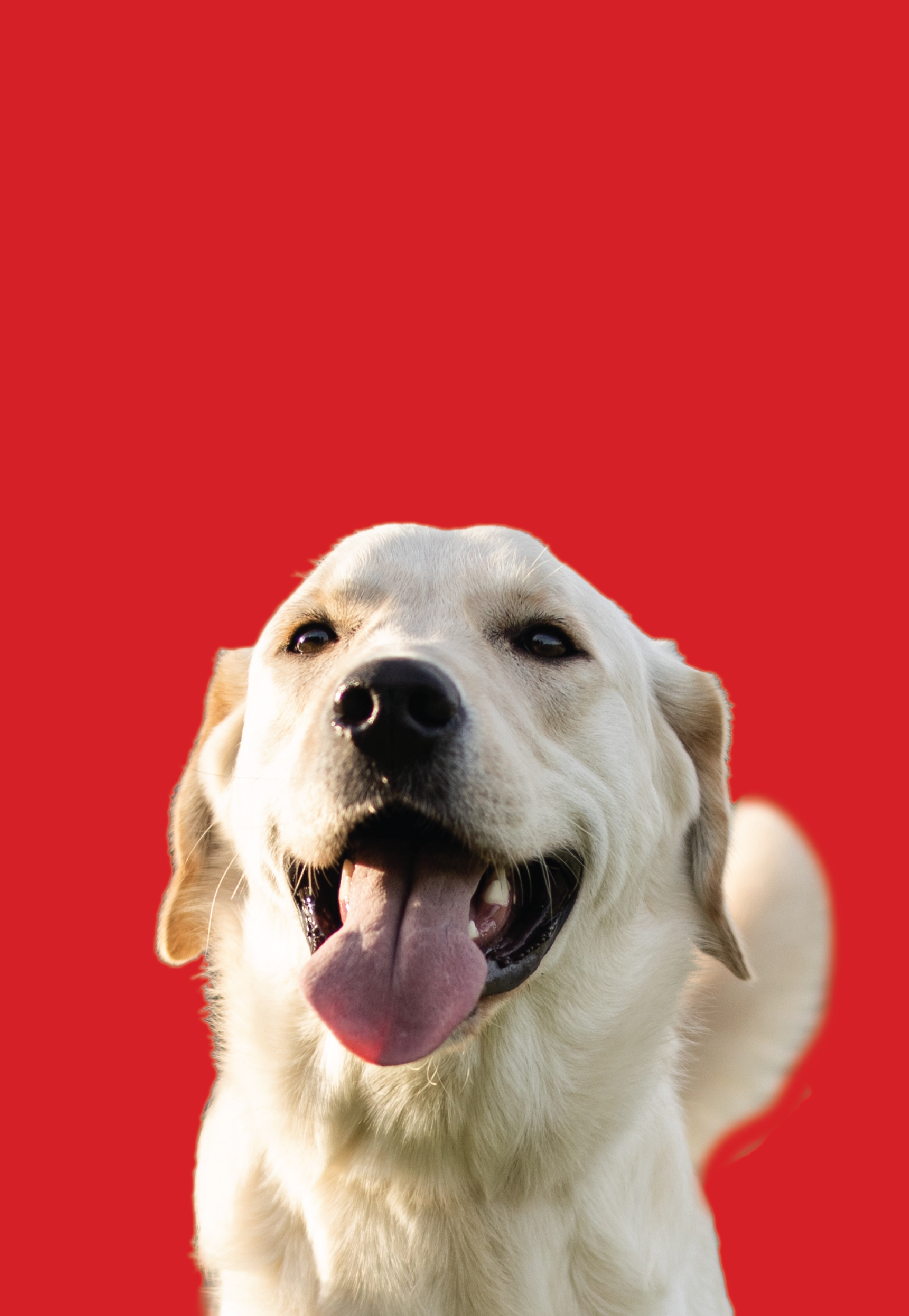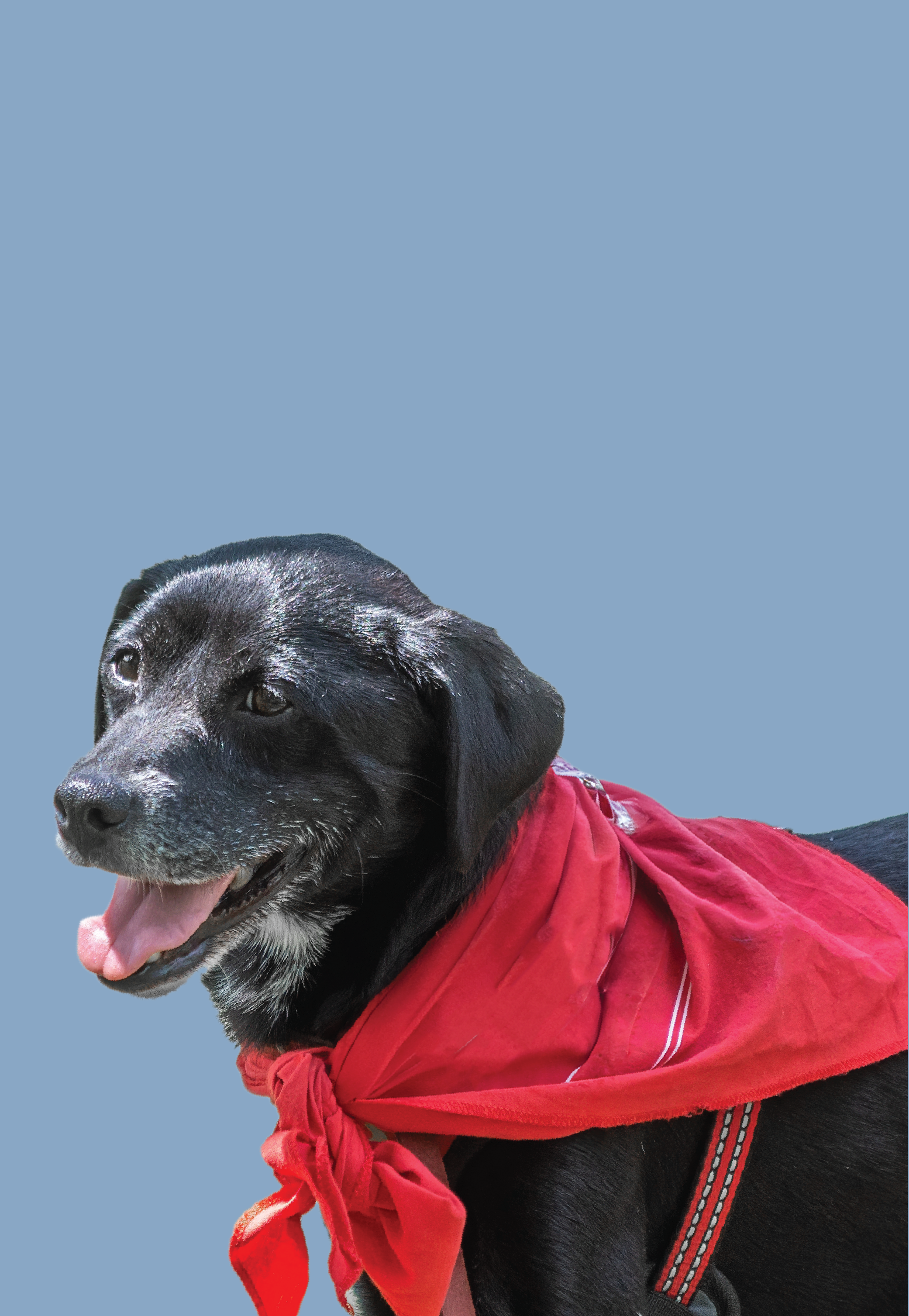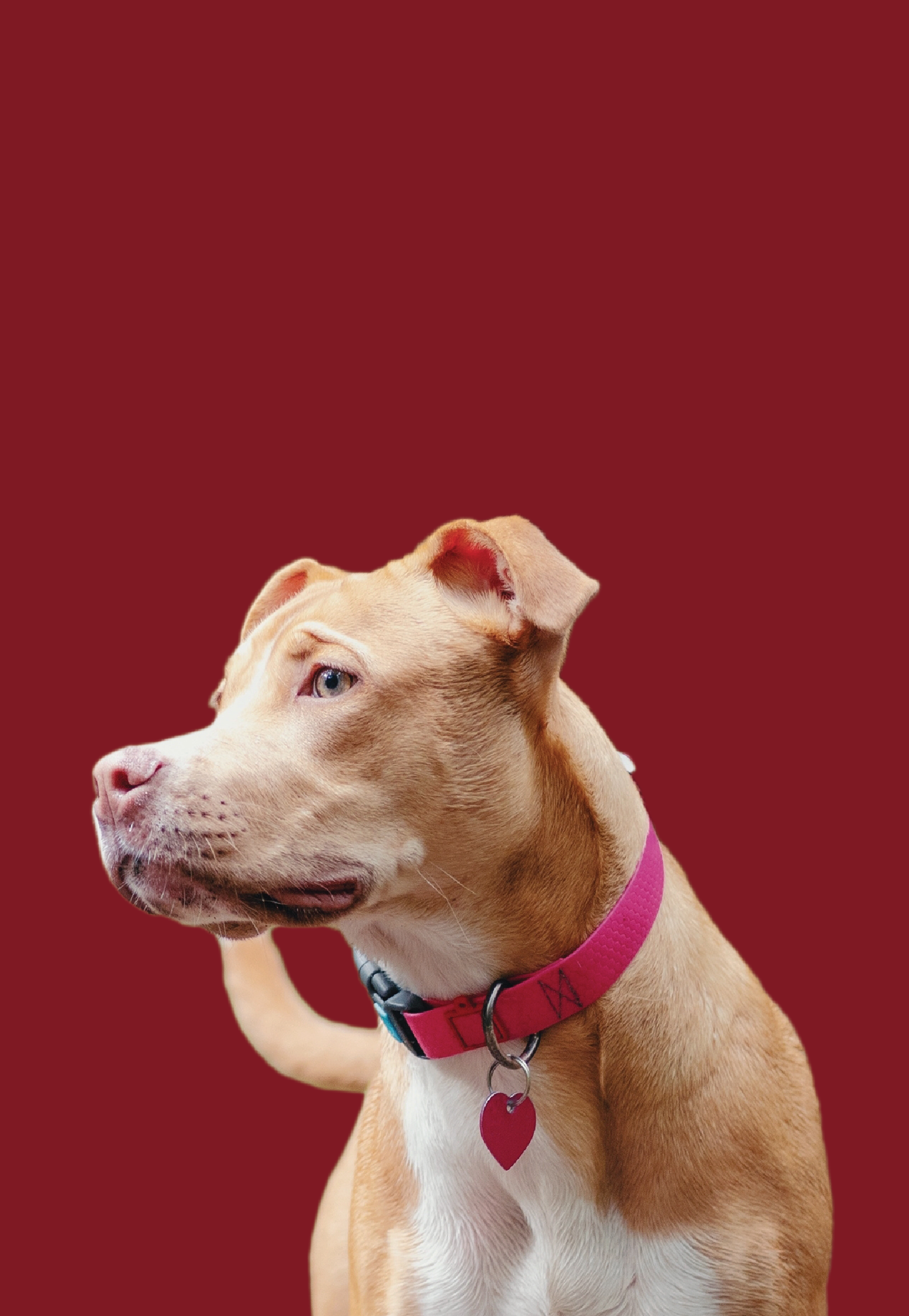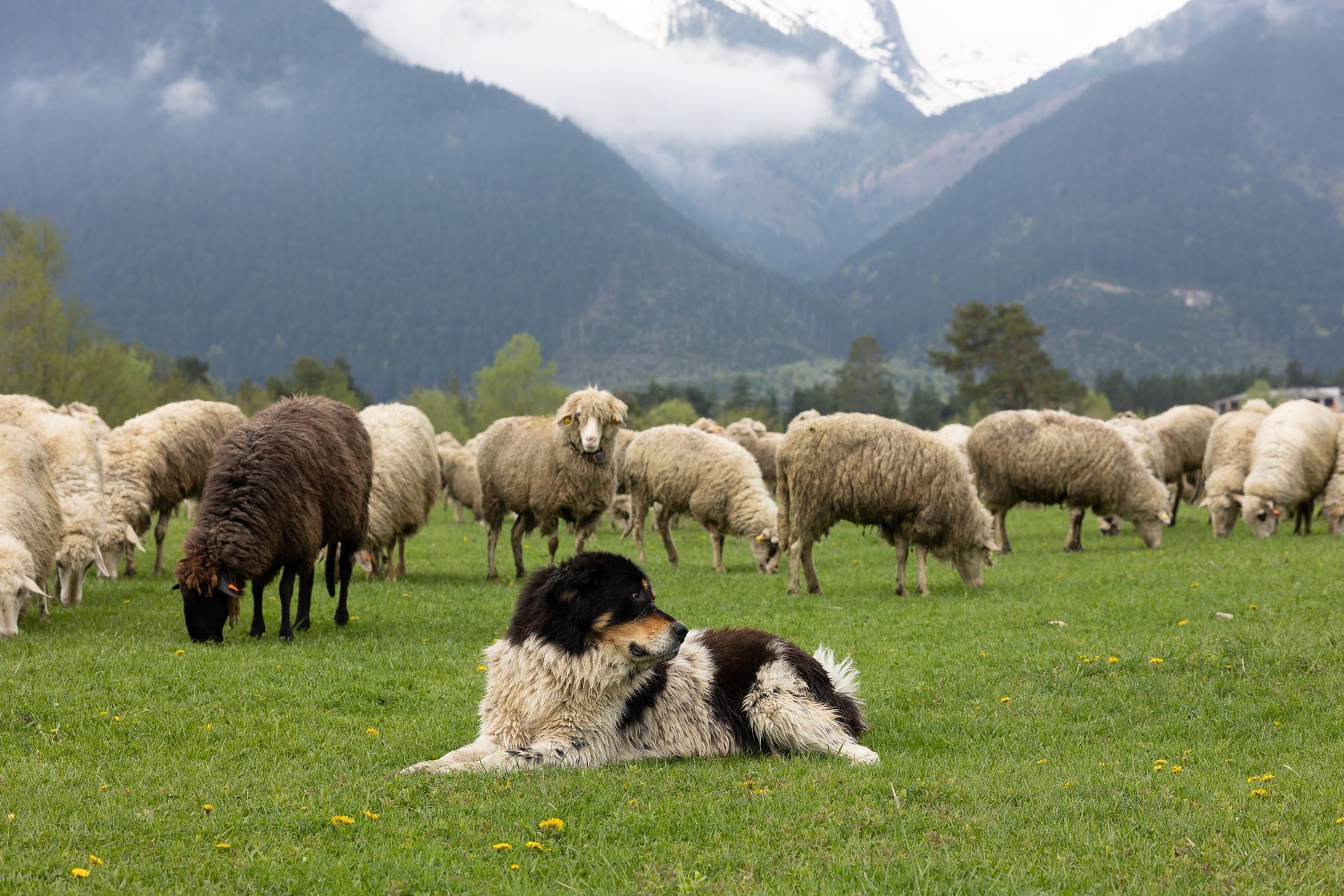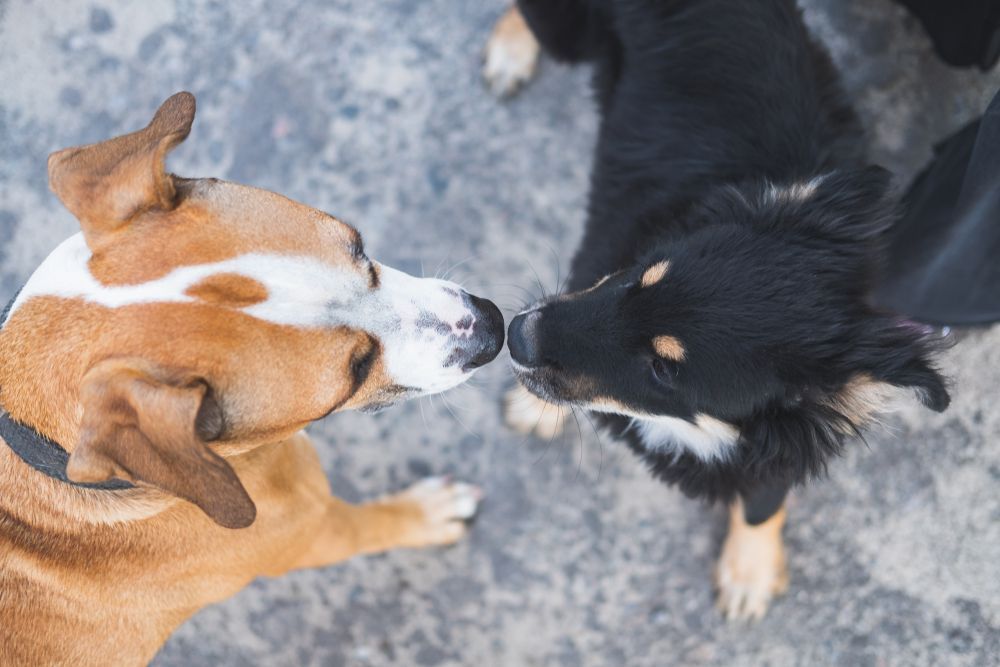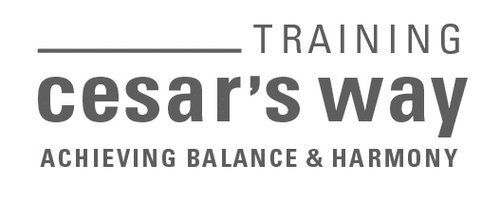Leash Training: How to Handle a Dog Pulling on a Leash
Share this Article:
Written by: Always Faithful Dog Training
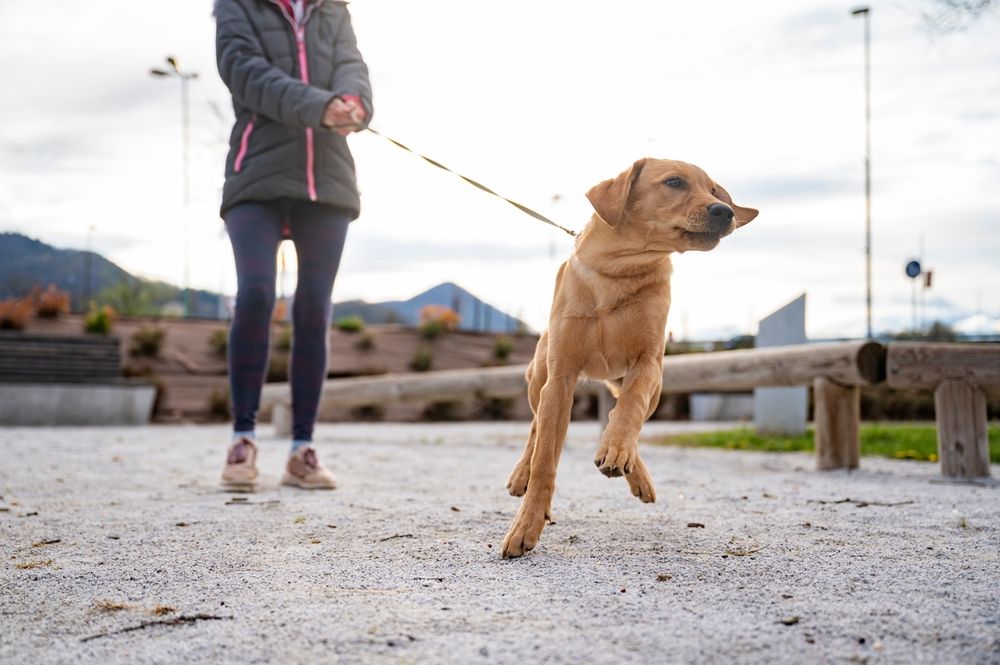
If your dog is constantly pulling on the leash, it can turn a simple walk into a struggle. While it’s natural for dogs to want to explore, leash pulling can make walks stressful and challenging. Learning how to get your dog to stop pulling on the leash takes patience, consistency, and the right techniques. With a steady approach, you can enjoy calmer, more enjoyable walks together.
Why Do Dogs Pull on the Leash?
Leash pulling is more than just a minor inconvenience—it’s often a sign of deeper behavioral patterns rooted in instinct, energy, and leadership. To address it, it’s important to understand why your dog is pulling in the first place.
Lack of Leadership
In a dog’s world, the pack leader sets the tone and guides the group. If your dog is consistently ahead of you during walks, they may view themselves as the leader. This positioning isn’t just a matter of convenience—it directly reflects their perception of their place in the pack hierarchy.
Distractions Everywhere
Dogs are naturally curious and rely on their senses to explore their world. The sights, smells, and sounds encountered on a walk can easily pull their attention away from you. Without proper guidance, your dog will instinctively follow these distractions, dragging you along in the process.
Pent-Up Energy
A dog that isn’t receiving enough exercise often displays restless, hyperactive behavior. Pulling on the leash is one way they channel this energy. A proper walk should allow your dog to expend energy while engaging in structured, productive activity, which naturally reduces pulling over time.
By identifying and resolving these common reasons for pulling, you can transform the walk into a calm, enjoyable experience where your dog looks to you for guidance.
Leadership First
Before you can correct leash pulling, you need to establish yourself as your dog’s leader—and that starts with building trust.
Walking is one of the best ways to bond with your dog. However, this connection doesn’t happen overnight. Before imposing rules on the walk, take time to understand your dog’s unique personality, energy level, and instincts. Show them you’re calm, consistent, and reliable. Respect is a two-way street: your dog needs to respect your leadership, but they also need to feel that you understand and care for them.
Once this bond is in place, you can confidently shift your focus to leadership during the walk.
The Right Tools for Leash Training Success
When it comes to leash training, the tools you use can either set you up for success or make the process harder. Many dog owners unknowingly use equipment that encourages pulling rather than stopping it. Choosing the right tools is an important step toward teaching your dog how to walk calmly by your side.
The Problem With Using Harnesses
Harnesses are a popular choice among dog owners, but they’re not ideal for training a dog that pulls. In fact, they often encourage pulling. Originally designed for sled dogs, harnesses distribute pressure across the chest and shoulders—your dog’s most powerful muscles. When you pull back on a harness, it creates a natural resistance that prompts your dog to pull forward even harder. Switching to a tool that promotes control rather than resistance is essential for leash training.
The Leader Leash™
At Always Faithful Dog Training, we recommend the
Leader Leash™ for its straightforward, effective design. This leash gives you the control needed to guide your dog and correct pulling behaviors without unnecessary strain. Using gentle leash pops—quick, small corrections—you can redirect your dog’s focus and encourage a loose leash walk. These corrections are not harsh; they are designed to get your dog’s attention and remind them of their position beside you.
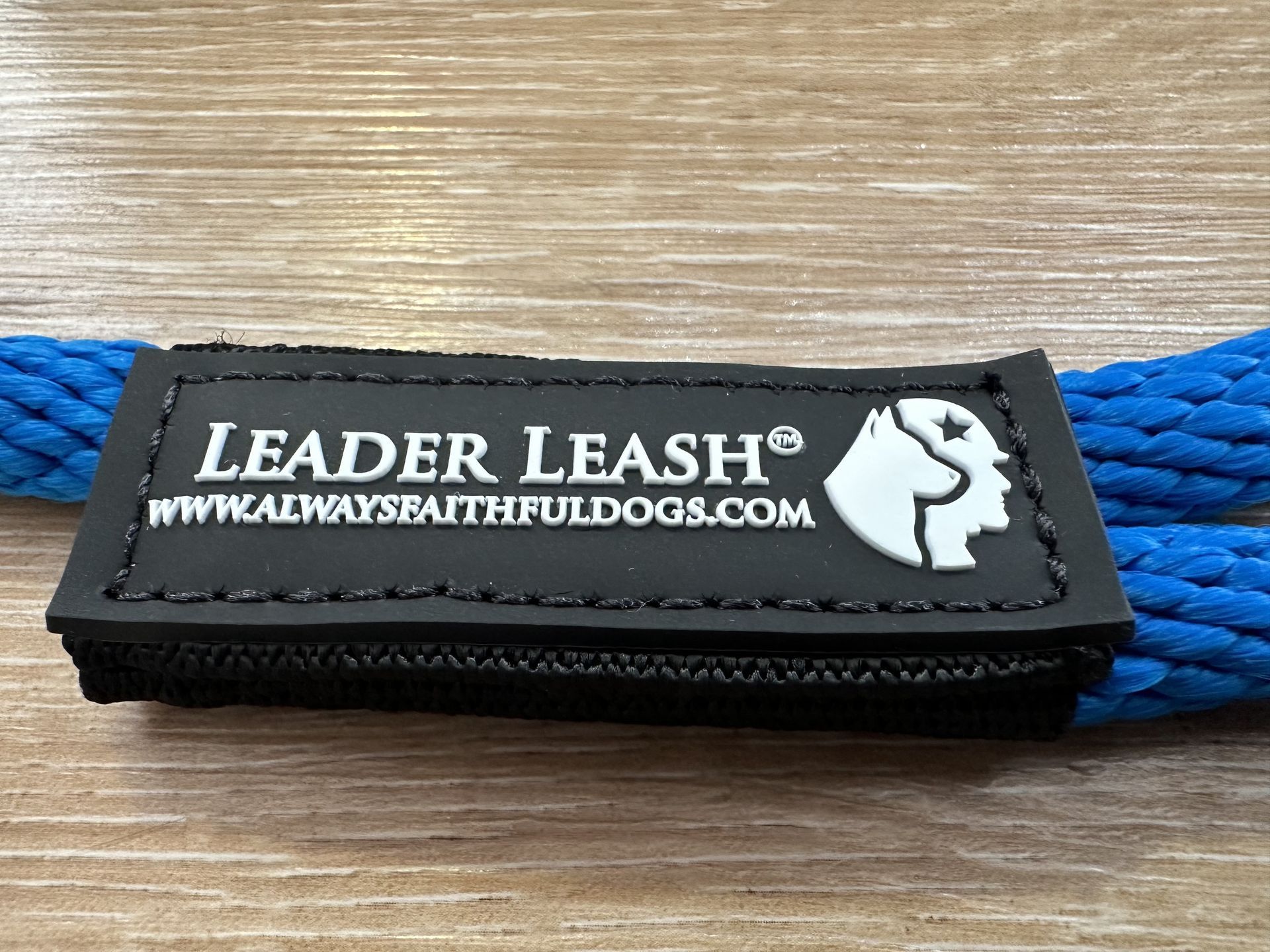
Why Proper Tools Matter
The right leash or collar does more than help manage pulling—it supports your role as the leader. Tools like the Leader Leash™ make it easier to communicate with your dog during walks, allowing you to reinforce boundaries while maintaining a calm, confident energy.
The Right Method: Lead the Pack
A good walk is more than just getting from point A to point B—it’s your chance to show your dog that you’re the leader while creating a steady, balanced energy they can rely on.
Energy Speaks Volumes
Dogs are incredibly attuned to your energy and emotions. If you’re tense, frustrated, or unsure, your dog will pick up on it, often amplifying their own anxiety or excitement. Instead, approach the walk with confident energy. A loose leash and steady breathing send a clear signal that you’re in control.
Position Matters
Your dog should never walk ahead of you. In a pack, the leader always takes the front position, and allowing your dog to lead on the walk can signal to them that they’re in charge. Keep your dog at your side or slightly behind you at all times. This positioning helps reinforce your role as the leader and sets the tone for a structured, respectful walk.
A dog that walks in the pack leader position is more likely to react in a protective way that can escalate into aggression. This is their instinct – the pack leader protects the pack. If your dog is lunging or reacting severely to certain triggers, correcting their position is critical. This can be resolved but will most likely require the help of a professional trainer.
The Value of Professional Training
While these principles provide a strong foundation, the nuances of leash training require hands-on guidance. Every dog is unique, and teaching them to walk calmly by your side is as much about timing and technique as it is about leadership. A professional trainer can show you how to implement these methods effectively, ensuring you and your dog understand each other every step of the way.
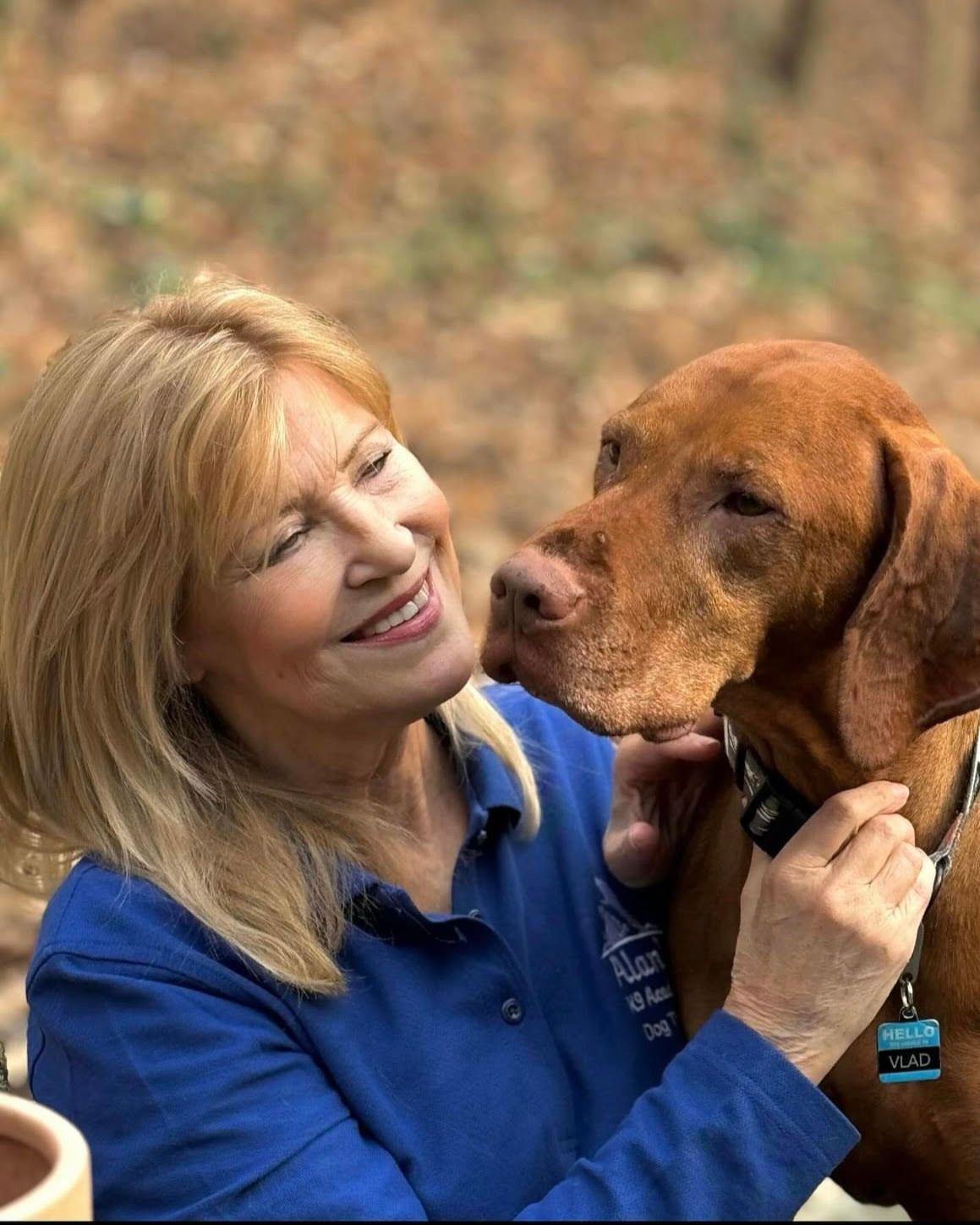
At Always Faithful Dog Training,
We specialize in helping owners build the leadership skills they need for a lifetime of successful walks. Contact us today for personalized, in-home instruction tailored to your dog’s needs.
Balancing Structure with Your Dog’s Instincts
Leash training is about leadership, but it’s also important to honor your dog’s natural instincts. Sniffing and marking are how dogs explore their world, and allowing moments for this can help them feel balanced. However, these activities should be on your terms, keeping the walk human-led and focused.
Outside of walks, offer outlets like fetch, structured play, or puzzle toys to meet their physical and mental needs. By blending structure with opportunities for exploration, you’ll strengthen your bond while ensuring your dog looks to you for guidance.
Practice and Persistence
Leash training doesn’t happen overnight—it requires time, patience, and consistency.
Start by committing to a 45-minute daily walk. This extended time helps your dog burn off pent-up energy, making them more receptive to your guidance. Short walks or inconsistent rules will only confuse your dog and slow their progress. Stick with the process, and you’ll soon see the results of your effort in calmer, more enjoyable walks together.
Consider Dog Obedience Training
Leash training is a vital part of building a strong, trusting relationship with your dog, but every dog and owner pair is unique. If you’re struggling to establish leadership or want expert guidance, professional training can make all the difference.
At Always Faithful Dog Training, we specialize in personalized, in-home training that focuses on real solutions and lasting results. Our proven methods are designed to help you become the leader your dog needs—without treats, clickers, shock collars or gimmicks.
Find a dog trainer near you to schedule your consultation and take the first step toward better walks and a happier dog!
Connect with Us:
